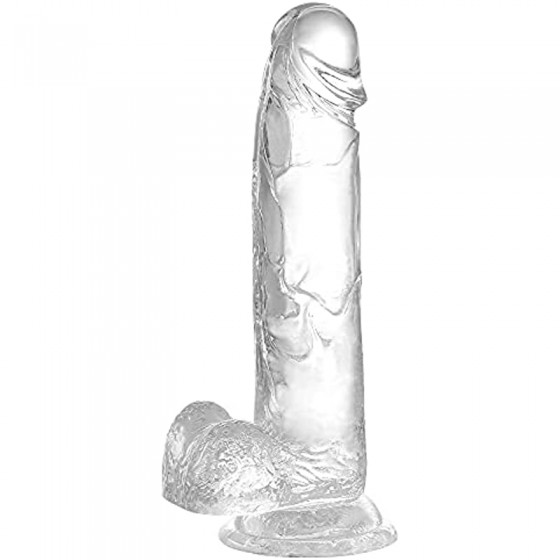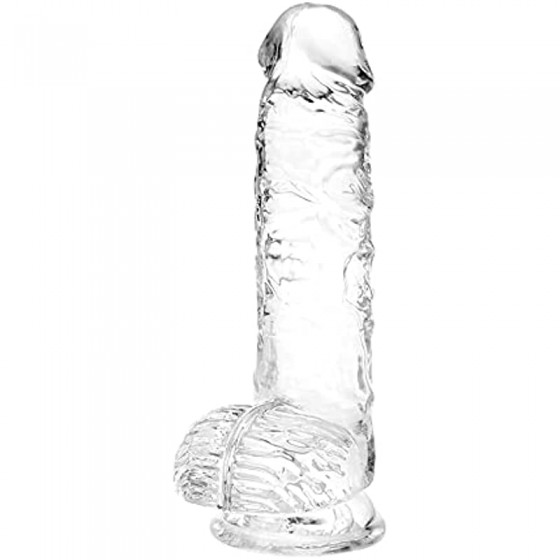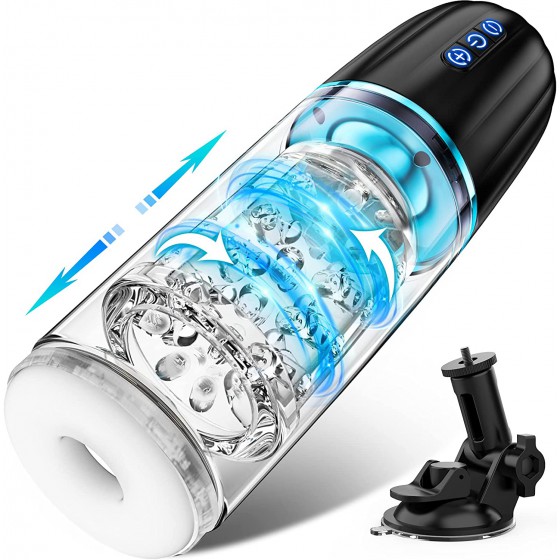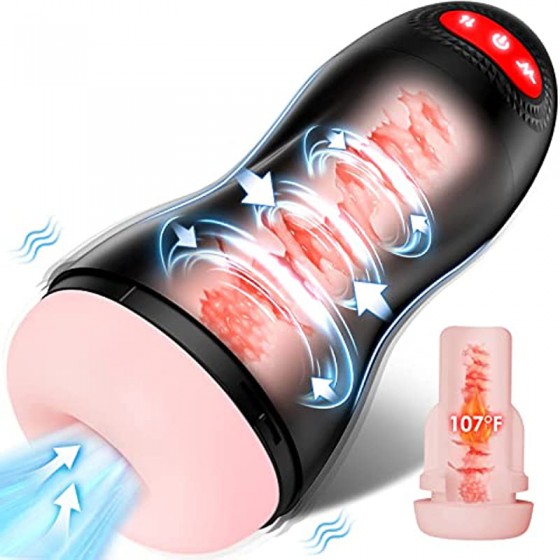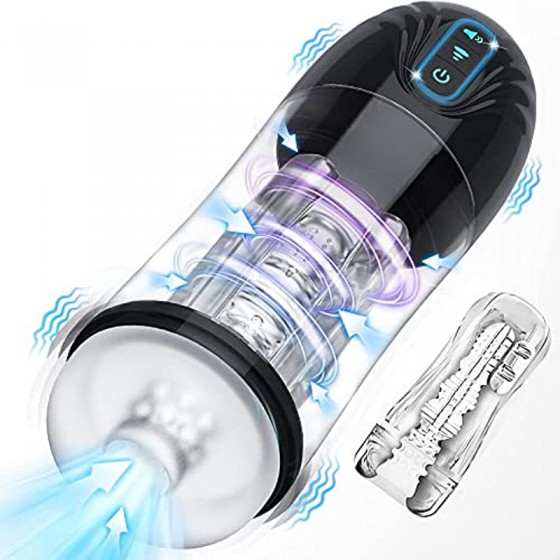Male sperm can cause 5 major types of infertility!
Male infertility is usually caused by semen quality problems, including oligozoospermia, dead sperm, azoospermia, asthenozoospermia, sperm deformity, poor semen liquefaction, etc. The first test for male infertility is also a semen test.
1. Oligospermia
1. Varicocele When varicocele occurs, the local temperature of the testicles increases and vasoactive substances increase, thus affecting the spermatogenic function of the testicles. However, the degree of varicocele is not proportional to sperm quality.
2. Cryptorchidism Cryptorchidism is one of the important reasons affecting semen quality. About 60% of patients with unilateral cryptorchidism are infertile. Therefore, if sperm density is low and cryptorchidism exists, early treatment is necessary.
3. Reproductive tract infection Chronic infection of accessory gonads can affect various laboratory indicators in semen.
4. Autoimmunity Reproductive immunology research has found that male autoimmunity can affect fertility, and anti-sperm antibodies can affect the production and transportation of sperm.
5. Endocrine abnormalities The normal spermatogenic function of men depends on the normal function of the hypothalamus-pituitary-gonadal axis. Disorders in any link will affect the spermatogenic function. Other diseases such as thyroid and adrenal glands will also affect the gonad function. Oligozoospermia.
6. Chromosome abnormalities Chromosome aberrations have a serious impact on sperm density, motility and morphology.
7. Other factors such as excessive scrotal temperature, radiation damage, chemical drugs and drug effects can cause oligozoospermia.
2. Azoospermia
Azoospermia refers to the absence of sperm after microscopic examination of the ejaculated semen after centrifugation.
Cause: Azoospermia can be divided into two major categories: The first category is testicular spermatogenesis dysfunction, in which sperm cannot be produced, also known as true azoospermia. The second type is that the testicular spermatogenic function is normal, but the vas deferens is blocked and sperm cannot be discharged from the body, also known as obstructive azoospermia.
3. Abnormal sperm rate
Abnormal sperm also exist in normal human semen, and the percentage is generally less than 30%. If the percentage of abnormal sperm is higher than 50%, it is called high abnormal sperm, which can lead to infertility.
Cause: The presence of a large number of abnormal sperm in semen reflects testicular abnormalities; certain drugs such as furans can increase the rate of sperm abnormality; varicocele can lead to an increase in abnormal sperm, typically two-headed sperm; in addition, some acute Diseases, physical and mental factors all play a causative role.
4. Asthenospermia and necrozoospermia
Within 1 hour after ejaculation, the number of viable sperm should be above 70%. If the number of viable sperm is less than 50%, it is abnormal, which is called low sperm motility, also known as asthenozoospermia. If the sperm is completely inactive, it is called necrozoospermia. Low sperm motility and necrozoospermia are one of the important causes of male infertility.
5. Prolonged semen liquefaction time
Normal semen is in a liquefied state when ejaculated, and then immediately forms a jelly-like or clotted state. After 5 to 20 minutes in a 37-degree water bath, the semen changes from a solidified state to a liquefied state. This phenomenon is called semen liquefaction. If this process takes more than 1 hour, it is called prolonged semen liquefaction time.
Cause: The coagulation of semen is caused by the production of coagulation proteins in the seminal vesicles. Liquefaction is the result of the action of a series of proteolytic enzymes, that is, liquefaction factors, secreted by the prostate. Therefore, inflammation of the prostate and seminal vesicles disrupts their secretion function, causing semen coagulation factors to increase or liquefaction factors to decrease, resulting in semen not liquefying. The lack of liquefaction of semen causes sperm to be trapped in a network of mucus, hindering its ability to move in the female reproductive tract, thus causing male infertility.






